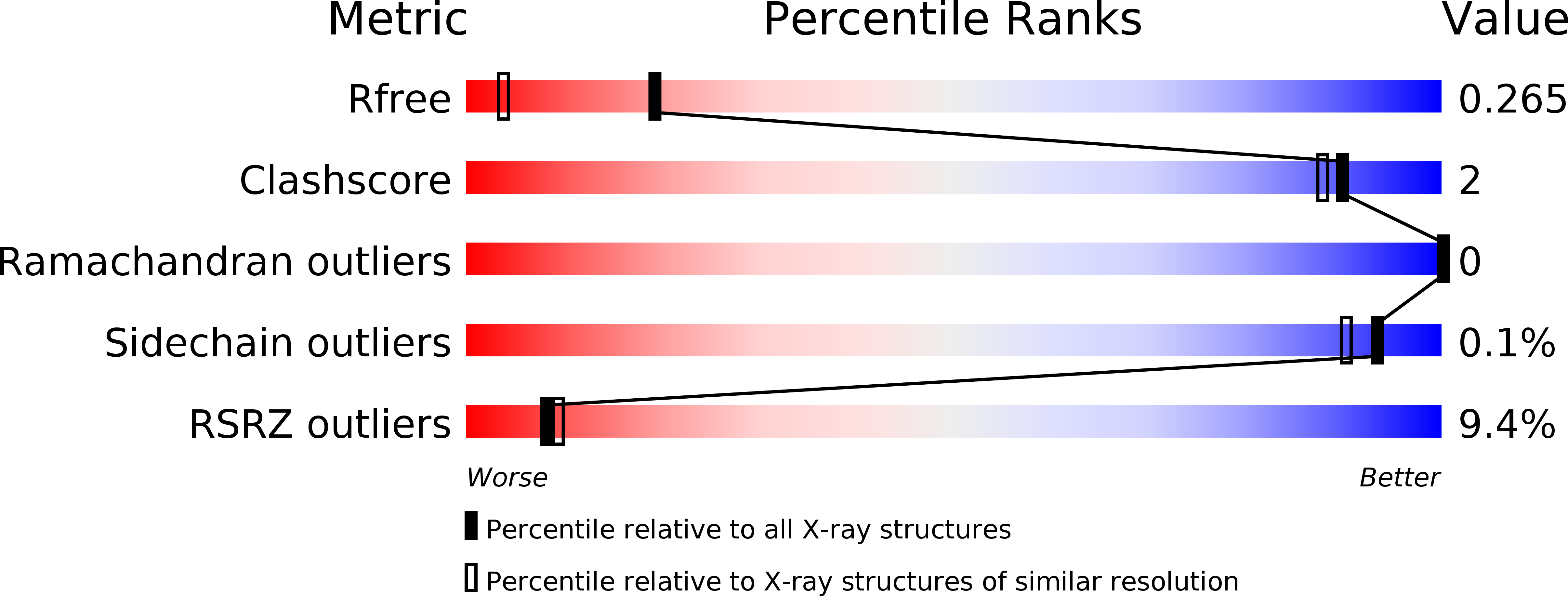
Deposition Date
2017-03-17
Release Date
2017-06-21
Last Version Date
2023-10-04
Entry Detail
Biological Source:
Source Organism:
Host Organism:
Method Details:
Experimental Method:
Resolution:
1.70 Å
R-Value Free:
0.26
R-Value Work:
0.22
R-Value Observed:
0.22
Space Group:
P 2 21 21


